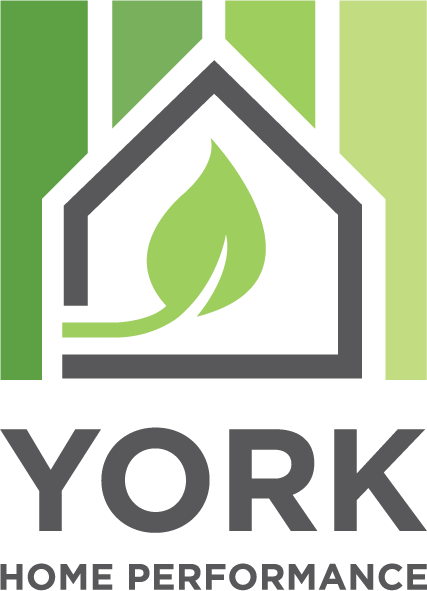
Even though your basement’s walls are thick, the concrete material is not a very good insulator. Many Bel Air, MD or York, PA area homeowners find that they can increase their family use of the basement areas when it is insulated and more comfortable. In addition, because your basement is part of the conditioned space in your home, it makes sense to insulate your foundation walls to increase energy efficiency. Insulating the basement area may also extend the life of any mechanical equipment located in the basement. Your furnace or water heater won’t have to work so hard when the temperature is constant.
What’s the Best Way to Insulate My Basement?
There are several ways that basements can be insulated. Sometimes insulation board is applied directly to the basement or foundation wall. While this foam board insulation can provide some relief, our BPI certified specialists have developed a basement insulation technique that provides the insulation and comfort our customers want to achieve for their basement spaces. This basement insulation application includes a combination of fiberglass rolls of insulation and spray foam.
Sealing the Sill Plate & Joist Boxes
The first main insulation area to focus on is the intersection of the floor joists and the sill plate, or top of the basement wall. This area often is leaky and can conduct heat so it needs to be sealed with insulation. Spray foam insulation does the trick and is applied to instantly air seal and provide an effective high R-value insulation for these areas.
Adding Basement Insulation
The York Home Performance insulation experts will then apply lath strips directly to the foundation wall. These allow for a small air space between the wall and the insulation. Then the rolls of fiberglass insulation are secured to the laths, with the heavy white plastic backing facing the inside of the basement area. Once the insulation is in place, the seams are sealed to provide a continuous barrier.
Now your basement is ready for finishing!
